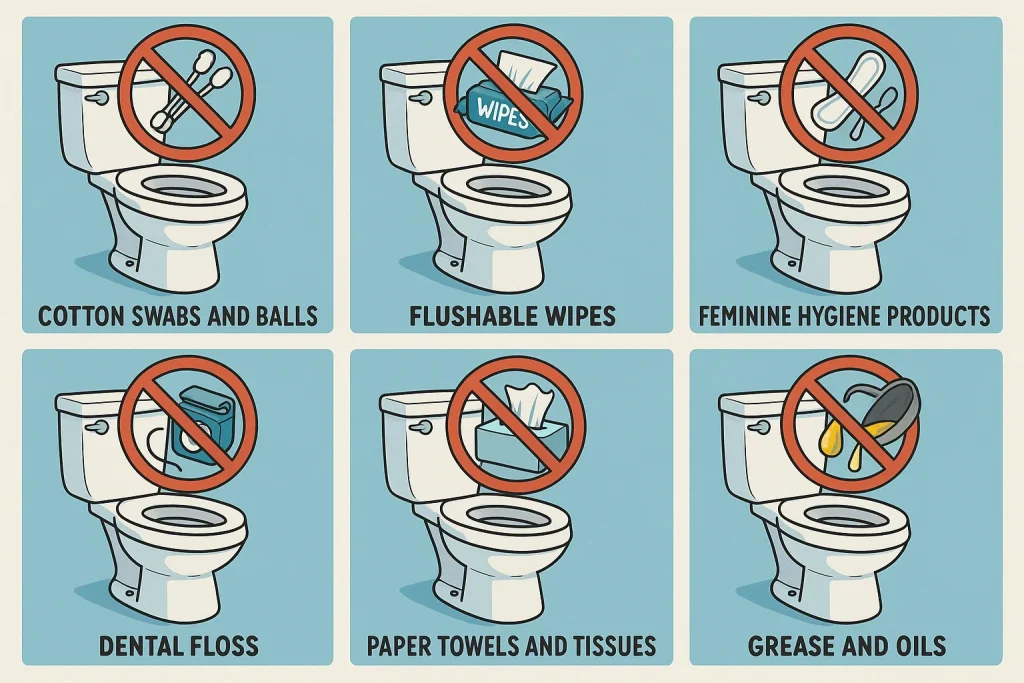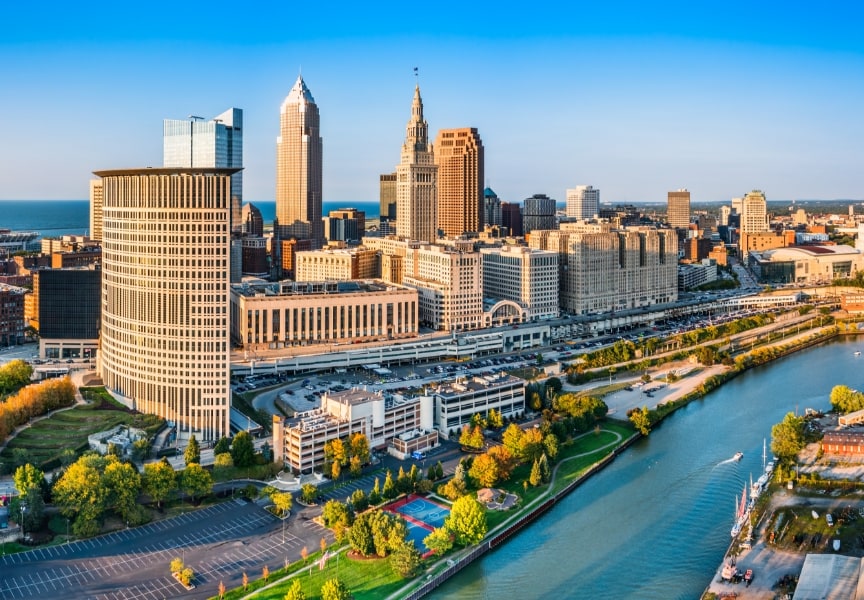“Flushable” might sound safe. In reality, many of the products labeled this way can wreak havoc on your plumbing. Whether you’re a homeowner, a renter, or just someone who values a smoothly running household, knowing what not to flush is crucial for avoiding expensive and messy drain clogs.

The Problem with “Flushable” Wipes
Flushable wipes are marketed as a convenient alternative to toilet paper, often boasting claims like “septic-safe” or “biodegradable.” But don’t be fooled. Unlike toilet paper, which is specifically designed to disintegrate quickly in water, most wipes are made with synthetic fibers that do not break down easily.
Once flushed, these wipes can clump together inside your plumbing or in the sewer system, snagging on rough pipe interiors or existing residue. Over time, this can lead to severe blockages, backups, and costly repairs. In fact, many municipalities have reported that so-called flushable wipes are a leading cause of sewer clogs and massive accumulations of waste and grease.
Other Common Offenders
It’s not just wipes that pose a problem. Many everyday hygiene products should never be flushed:
- Cotton swabs and balls: They don’t break down and easily catch on pipes.
- Feminine hygiene products: Tampons and pads are designed to absorb and expand, which can quickly lead to a clog.
- Dental floss: Thin and strong, floss can wrap around other debris and form tangled nets inside plumbing.
- Paper towels and tissues: These are more durable than toilet paper and don’t dissolve well in water.
- Grease and oils: Often poured down the toilet or sink, they solidify in pipes and trap other debris.
Toilet Best Practices: What You Should Do
To keep your toilet and plumbing running efficiently, follow these simple but effective guidelines:
- Stick to the basics: Only human waste and toilet paper should ever go into the toilet.
- Use less paper: Excessive toilet paper use can also clog pipes. Use only what’s necessary, and flush more than once if needed.
- Dispose of wipes in the trash: Even if the packaging says “flushable,” toss them in the trash instead.
- Educate your household: Make sure everyone—including kids and guests—knows what’s safe to flush.
- Routine maintenance: Have your plumbing inspected and cleared regularly, especially if you live in an older home with dated pipes.
- Try using a bidet: Bidets are safe and easy ways to stay clean without using wads of toilet paper. This can reduce the amount of clogs you encounter.
When in Doubt, Throw It Out!
The bottom line? If there’s ever a question about whether something is safe to flush, it’s best not to risk it. A few extra seconds to dispose of a wipe or hygiene product properly can save you hundreds, or even thousands, of dollars in plumbing repairs.
Keeping your toilet healthy isn’t just about convenience; it’s about protecting your home’s infrastructure and doing your part to support the larger sewer and wastewater system. Think before you flush, and your pipes will thank you.
Schedule a drain cleaning or sewer appointment with the experts at Tom Schaefer Plumbing, Heating & Cooling. Trusted Name Reliable Service











